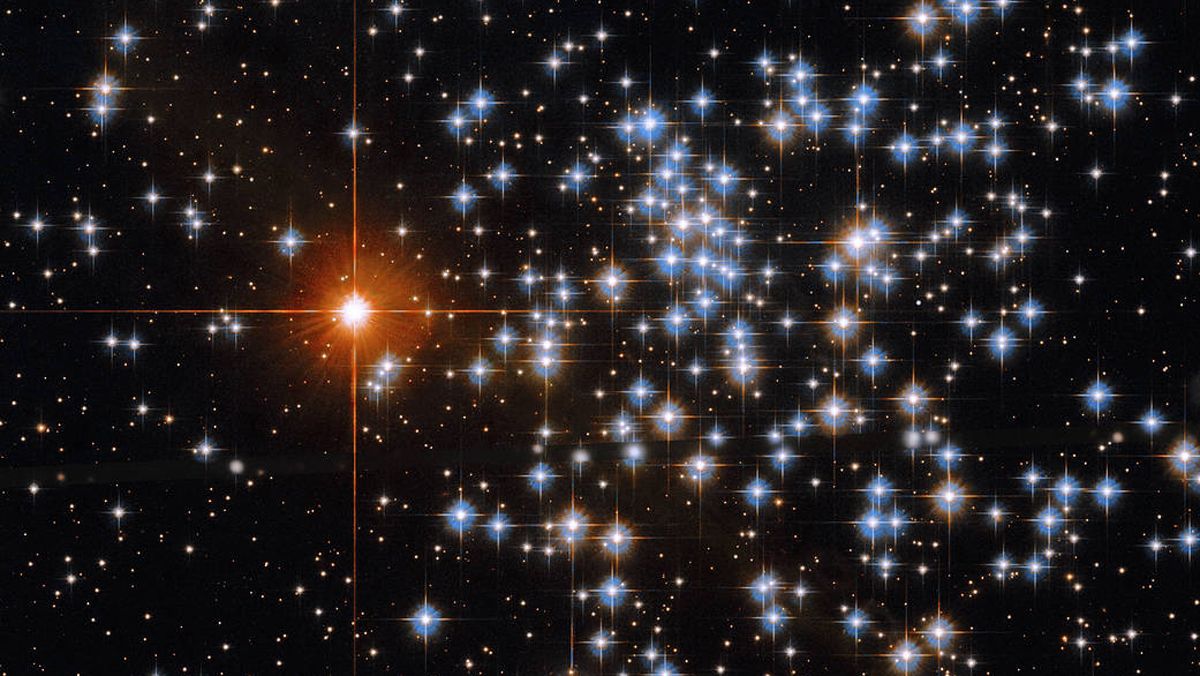
Hundreds of stars sparkle against the dark backdrop of space in a new image from the Hubble Space Telescope.
This glittering group of stars, known as NGC 2660, is located 8,617 light-years from Earth in the constellation of Vela. NGC 2660 is classified as an open star cluster — a type of star cluster that can contain anywhere from tens to a few hundreds of stars loosely bound together by gravity, according to a NASA statement (opens in new tab).
“The stars of open clusters form out of the same region of gas and dust and thus share many characteristics, such as age and chemical composition,” NASA officials said in the statement. “Unlike globular clusters — their ancient, denser, and more tightly-packed cousins — open clusters are easier to study since astronomers can more easily distinguish between individual stars.”
Related: Mysterious globular clusters could unlock the secrets of galaxy formation
Related stories:
The stars of an open cluster can range in age from a few tens of millions or hundreds of millions of years old. Since the clusters are only loosely bound by gravity, the stars may disperse after a few million years into the surrounding spiral or irregular galaxies in which they were born, according to the statement.
The recent Hubble photo, which NASA shared on Nov. 29, 2022, captures hundreds of stars scattered across the constellation, which can be best viewed in the southern sky. The bright red object in the upper left of the image is a foreground star that is not part of the open star cluster.
Hubble observed NGC 2660 as part of a program to study the ages of white dwarf stars in open clusters. The stars captured in the photo are surrounded by diffraction spikes, which occur when the bright light from the stars reflects off of the space telescope’s secondary mirror support.
Follow Samantha Mathewson @Sam_Ashley13 (opens in new tab). Follow us @Spacedotcom (opens in new tab), or on Facebook (opens in new tab) and Instagram (opens in new tab).



